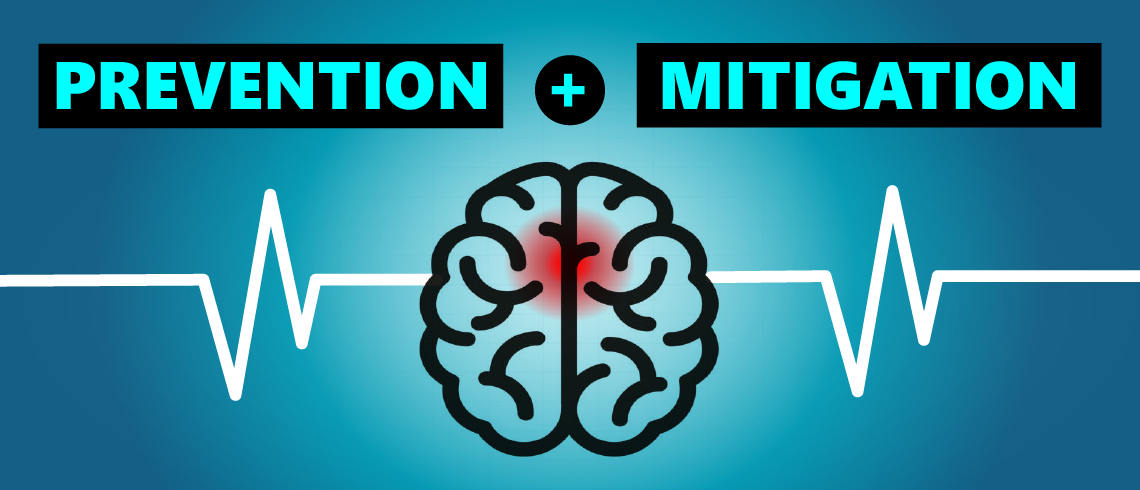
Stroke Awareness Month in May might be one of the most important health observance months. Why? Because every minute shaved off of response time makes a difference. Furthermore, the consequences of stroke can be so serious that anything that helps avoid or mitigate a stroke needs to be common knowledge.
Speaking of common. Strokes are still more common than anyone would like them to be. According to the Centers for Disease Control (CDC), someone in the United States has a stroke every 40 seconds. Worse, every 4 minutes, someone dies from a stroke.
How can you as a marketer help? Educate people on how to avoid having a stroke, to recognize when a stroke is occurring, and to seek treatment immediately.
1. Reducing Death From a Stroke
You know this one, but what would an article about stroke be without this graphic? The acronym BE FAST is the best way to help people be on the alert for signs of stroke:

It’s effective because it is simple and memorable. It lends itself to all kinds of graphical approaches for our bite-sized social media world. Shockingly, many people are not aware of the importance of not only recognizing these signs, but also the difference time can make on seeking help. So, as worn-out as it seems, we have to keep beating this drum. Immediate treatment after a stroke makes a tremendous difference in minimizing the impact – as soon as stroke symptoms begin, the clock starts ticking.
Okay. So this knowledge is critical, of course. But wouldn’t it be best to avoid having a stroke in the first place, really? Yup. So let’s look at that.
2. Avoiding a Stroke
What can be done to help consumers better understand and change their likelihood of having a stroke? Answer: Education, a personal plan, and motivation to execute the plan. There are a variety of ways to do this, including PDFs, videos, patient stories, and more. For us, we think our StrokeAware health risk assessment (HRA) can educate folks on their personal risk level and equip them to make an action plan with their doctor to reduce their risk over time.
Our StrokeAware Risk Assessment is NOT designed to be a symptom checker or used in acute situations. Instead, it’s to help patients estimate their long-term risk for stroke based on factors like age, BMI, smoking status, cholesterol, exercise minutes, family history, diabetes, and high blood pressure. It helps users understand how these personal characteristics, both modifiable and non-modifiable, contribute to their risk so they can take steps to improve them, seeking treatment when applicable.
Contact HealthAware for more information about our StrokeAware HRA.

